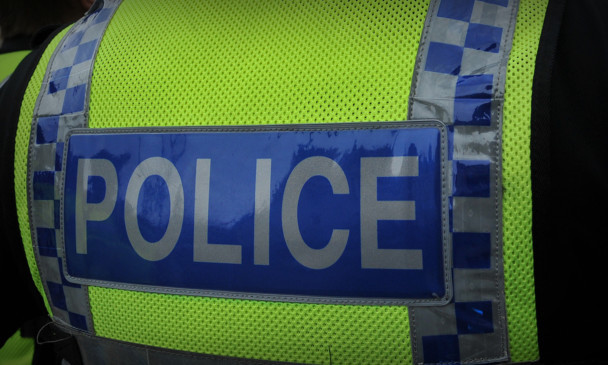The absence of powers to search under-18s for alcohol must be addressed if consensual stop-and-searches are ended, Police Scotland has said.
A working group is to be set up to review measures to replace non-statutory or “consensual” searches for all age groups.
But the force says ending the practice will leave gaps in their ability to protect the public, with tackling under-age drinking and anti-social behaviour identified as one area of concern.
The past and future use of consensual stop-and-search was discussed at a specially-called meeting of the Scottish Police Authority (SPA), the body which holds the force to account.
Deputy chief constable Rose Fitzpatrick told the meeting: “The big issue at the centre of all of this is that we have no power to search under-18s for alcohol.
“That leaves us with a gap… However you play this, that would be a significant consequence and a loss I think, so we would need to plug that gap.”
Stop-and-search has enabled officers to reduce disorder, she said, adding that a third of those carried out were for alcohol, with 40% of these related to alcohol and under-18s.
She said that at a previous SPA meeting, Police Scotland chief constable Sir Stephen House had “raised the point that there was a possible future option for us to seek statutory powers to search for alcohol” because of the implications around young people and their health and wellbeing.
